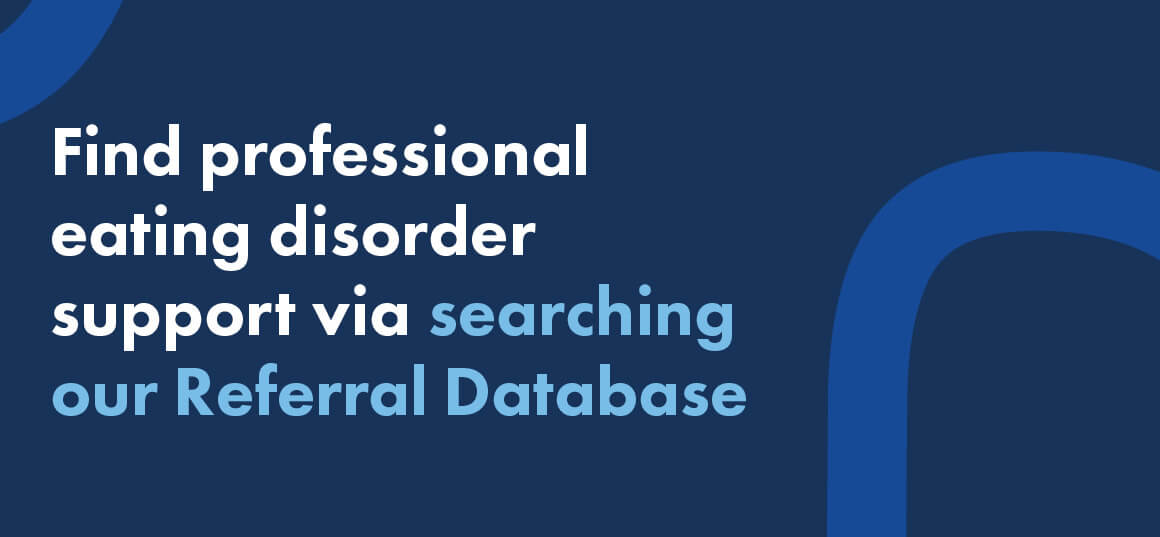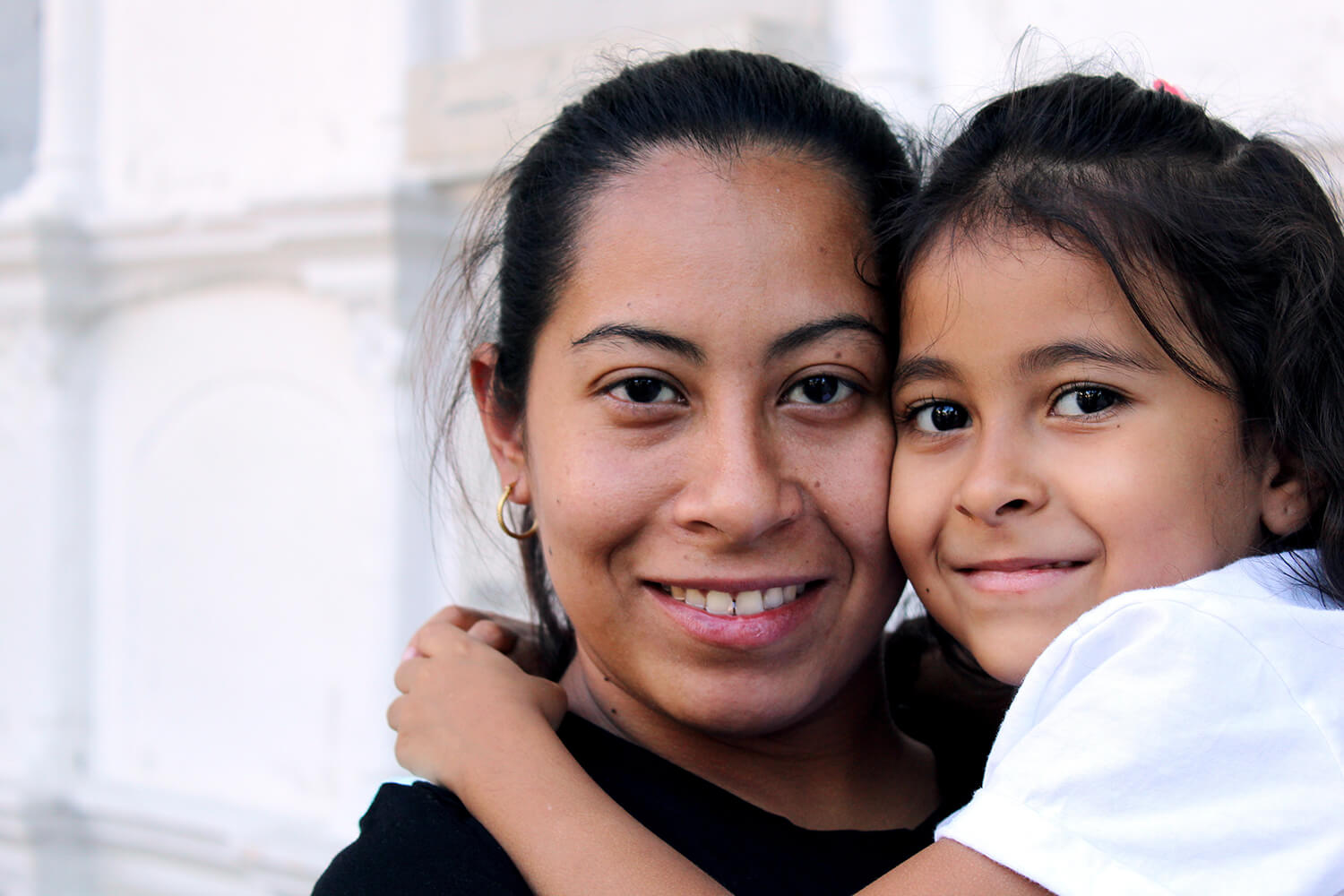Why you shouldn’t let BMI define your health
A new study has revealed attitudes towards obesity and the experiences of people living with obesity in Australia, leaving those in the sector concerned it could contribute to weight stigma and discrimination. “Obesity” medicalises body size based on the Body Mass Index (BMI), but we now know that health is determined by more than a number.
In the 1830s, Belgian mathematician and astronomer Lambert Quetelet developed a system to classify the average, “ideal” man, by measuring the height and weight of French and Scottish participants, namely European, White men. For almost 200 years, healthcare professionals have used this system to gauge a person’s health, and associated health risks. But Quetelet never intended his model to be used in this way; BMI was meant to be a population study, and not a personal indication of one’s health status [i].
In recent times it has been reported that the use of the BMI fosters weight-based discrimination and stigma, exacerbates mental health concerns such as eating disorders, increases body dissatisfaction [ii], and that it is “a very poor proxy of health… [that can] potentially lead to more harm than good”[iii].
Why you shouldn’t let BMI define your health
-
BMI is an outdated measure
BMI is calculated by dividing an individual’s weight by their height squared. However, this simple formula, which was designed before calculators and computers existed, fails to consider several important factors. Firstly, BMI does not acknowledge the differences between muscle mass and fat distribution[iv]. As such, athletic people with a high muscle mass could be classified as “overweight” or “obese”, despite them being “healthy”.
BMI also does not consider age, sex, or bone structure. Researchers[v] say the lack of this information, can “introduce misclassification problems that may result in important bias in estimating the effects related to obesity” (Rothman, 2008). Others highlight that as the BMI formula originated from data of European men, it lacks effectiveness for people of other races and ethnicities.[vi]
-
Your worth – and health – cannot be defined by a single number
When we simply categorise people as underweight, normal weight, overweight, and obese, and assign certain health risks to these categories, we risk ignoring the full picture. A 2021 parliamentary enquiry into body image in the UK reported that “people with a higher BMI… felt it was difficult to access quality healthcare as health complaints were automatically diagnosed as weight-related and not properly investigated” [vii]. Further research demonstrates that adults with a higher BMI are nearly three times as likely as a person with a ‘normal’ BMI to say that they have been denied access to appropriate medical care, leading many to avoid seeking treatment because of the discomfort of stigma.[viii]
“The thing is, when you’re fat, medical trauma exists, and it rears its head every time you have to attend appointments. I can’t even begin to articulate the feeling and experience of attending a doctor’s appointment for a common cold and leaving with information about diets and bariatric surgery.” – Nic McDermid
-
BMI creates barriers to accessing treatment
In the latest edition of the DSM, a new category titled “Atypical Anorexia” entered the lexicon to describe those who are experiencing symptoms of Anorexia Nervosa, but don’t meet the underweight threshold of a BMI below 17.5. While this was introduced to “improve the clinical utility of the diagnostic categories”[ix], many are campaigning for the “atypical” label, and therefore the BMI threshold, to be removed entirely.
Researchers suggest that “patients with atypical anorexia nervosa usually present for treatment after a longer duration of illness and are less likely to receive inpatient care” because their ‘normal’ weight overtakes the seriousness of their eating disorder. This suggests that these labels condition a mindset that one must be “sick enough” to be worthy of treatment.
This is inherently problematic; while eating disorders do have physical symptoms, an eating disorder, at its core, is a mental illness catergorised by psychological distress. Irrespective of weight or “atypical” status, an individual with Anorexia will engage in the same disordered behaviours, and they will still be putting themselves at the same risk of physical and psychological harm by engaging in starvation.
But because of barriers to care that are rooted in weight stigma, and an arbitrary number based on a flawed system, patients with Atypical Anorexia can be “just as medically ill as their peers with Anorexia Nervosa and can have even greater eating disorder psychopathology” (Golden, Mehler), but fail to get the help they deserve.
The alternative to BMI – Weight inclusive care
For health professionals, it is understandable if you are concerned about your patient’s weight because of associated health risks, however it is important you address the patient as a whole person and not simply a number on a scale. Unfortunately, it is not uncommon for individuals to experience weight stigma when presenting to health professionals, particularly when living in a larger body.
A multinational study [x] of almost 14,000 adults across Australia, Canada, the UK, and the US found that 66 per cent had experienced weight stigma when visiting a doctor for health care, with patients of a higher body weight identifying doctors as one of the most common interpersonal sources of weight stigma.
Further, 29 per cent of people avoided visiting their doctor when they suspected they should, because of this stigma. Weight stigma can thus have a real and adverse impact on an individual; it creates barriers to seeking help and contributes to the development of unhealthy eating behaviours, lower physical activity and weight gain, while also reducing patient motivation, compliance and engagement with health professionals.
The future needs to be weight-inclusive, trauma-informed care that views health as more than just a number.
Health at Every Size (HAES) is a pragmatic movement that challenges weight-based and dieting initiatives and instead focuses on weight-neutral, size inclusive and body positive perspectives across clinical practice. HAES primarily supports improved health behaviours for people of all weights and sizes, rather than focusing on reducing body size. HAES principles include:
- Weight inclusivity: Accept and respect the inherent diversity of body shapes and sizes and reject the idealising or pathologising of specific weights.
- Health Enhancement: Support health policies that improve and equalize access to information and services, and personal practices that improve human well-being, including attention to individual physical, economic, social, spiritual, emotional, and other needs.
- Respectful Care: Acknowledge our biases, and work to end weight discrimination, weight stigma, and weight bias. Provide information and services from an understanding that socio-economic status, race, gender, sexual orientation, age, and other identities impact weight stigma, and support environments that address these inequities.
- Eating for Well-being: Promote flexible, individualized eating based on hunger, satiety, nutritional needs, and pleasure, rather than any externally regulated eating plan focused on weight control.
- Life-Enhancing Movement: Support physical activities that allow people of all sizes, abilities, and interests to engage in enjoyable movement, to the degree that they choose.
Research[xi] demonstrates that a HAES approach “achieves health outcomes more successfully than weight loss treatment and without the contraindications associated with a weight focus.” Controlled clinical trials also revealed that a HAES approach result in improvements in physiological measures (e.g. blood pressure), health behaviours (e.g. eating and activity habits) and psychosocial outcomes (e.g. body image and self-esteem).
The simple fact is that treating someone as a human being worthy of respect and appropriate medical care, and not just as a number on a scale, works.
More information
Health at Every Size Australia
Butterfly’s approach to health not weight
NEDC’s Eating Disorder Core Skills: eLearning for GPs – professional development training designed specifically for GPs to provide best practice care for patients with eating disorders.
People living in larger bodies with eating disorders
Get Support
If you, or someone you know, is experiencing an eating disorder or body image concern, reach out to the Butterfly National Helpline, 7 days a week, 8am-midnight (AEST).
1800 ED HOPE (1800 33 4673), via webchat or email support@butterfly.org.au
The Butterfly Helpline does not provide crisis or medical support. If you are in a crisis, call Lifeline on 13 11 14 or in an emergency, 000.
References
[i] Bombak, A. 2014. Obesity, Health at Every Size, and public health policy. Am J Public Health. 104 (2). Accessed online: https://www.ncbi.nlm.nih.gov/pmc/articles/PMC3935663/
[ii] Loffhagen, E. 2021. BMI is a flawed tool that ignores the real problems. Evening Standard. Accessed online: https://www.standard.co.uk/comment/bmi-flawed-tool-eating-disorders-obesity-health-b928721.html
[iii] Solmi, University College London, quoted in Changing the perfect picture: an inquiry into body image. House of Commons, Women and Equalities Committee, pp.19
[iv] Brazier, Y. 2021. How useful is body mass index (BMI)? Medical News Today. Accessed online: https://www.medicalnewstoday.com/articles/255712#are-people-misclassified
[v] Rothman, K. 2008. BMI-related errors in the measurement of obesity. International Journal of Obesity, 32. Accessed online: https://www.nature.com/articles/ijo200887
[vi] Stern, C. 2021. Why BMI is a flawed health standard, especially for people of colour. The Washington Post. Accessed online: https://www.washingtonpost.com/lifestyle/wellness/healthy-bmi-obesity-race-/2021/05/04/655390f0-ad0d-11eb-acd3-24b44a57093a_story.html
[vii] Changing the perfect picture: an inquiry into body image. House of Commons, Women and Equalities Committee, UK. Accessed online: https://committees.parliament.uk/publications/5357/documents/53751/default/
[viii] Tomiyama, A. et al. 2018. How and why weight stigma drives the obesity ‘epidemic’ and harms health. BMC Medicine. 16. Accessed online: https://bmcmedicine.biomedcentral.com/articles/10.1186/s12916-018-1116-5?fbclid=IwAR17UuHTs18rl3JEjFiQK4crFgLGJA0-RqrtUr_HCQxUSZkGI0jowdCmrb8
[ix] Golden, N. Mehler, P. 2020. Atypical anorexia nervosa can be just as bad. Cleveland Clinical Journal of Medicine, 87 (3). Accessed online: https://www.ccjm.org/content/87/3/172
[x] Puhl, R. et all. 2021. The roles of experienced and internalized weight stigma in healthcare experiences: Perspectives of adults engaged in weight management across six countries. PLOS One. Accessed online: https://journals.plos.org/plosone/article?id=10.1371/journal.pone.0251566
[xi] Bacon, L. Aphramor, L. 2011. Weight Science: evaluating the evidence for a paradigm shift. Nutrition Journal, 10. Accessed online: https://nutritionj.biomedcentral.com/articles/%2010.1186/1475-2891-10-9




















